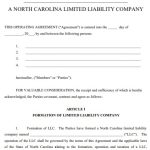A rubric template is a tool that is used for assessment. It indicates your expectations about the work of your students. However, you can also explain the criteria for how you will assess their work. This will also assist your students to know what they should work on. It will also help you to determine where your students are outstanding and where they need your help. You may also like the Student id Card Template.
Above all, these templates are appropriate and effective.
Table of Contents
What basic components rubric templates include?
The basic components of a rubric include such as;
- Firstly, describe the parameters you will use for the assessment. You should explain all the aspects of performance you will grade your students on. Furthermore, you can also present the parameters as the objectives of the task that you will assess.
- Secondly, use the words or expressions which will demonstrate the effectiveness of your expectations. You have to identify the characteristics associated with your parameters. So, you can do this by using words and expressions.
- Thirdly, explain the performance levels. Give your students a rating for each of your criteria. You may also see Scholarship Thank You Letter.
With these basic components, you can also add other information that you want.
Guidelines for creating a rubric template:
Here are some guidelines that will surely help you while creating a rubric template for yourself;
Demonstrate the purpose and goal of the task that you will assess:
Before making your rubric, demonstrate the purpose and goal of the task. So, undergo the learning outcomes associated with the task you are planning to assess. Because, if you set clear goals the template will work effectively.
Decide the type of rubric:
There are different types of templates that you can create. Therefore, before you start, decide the type of rubric that you will use for assessment.
Establish your parameters:
For this, again go through your learning outcomes. Also, keep the skills and knowledge in your mind that your students will need to complete the task.
Establish a rating scale:
To measure the performance levels establish the rating scale. However, it doesn’t matter what type of scale you use. But, make sure it will measure performance levels well.
Describe your rating scale:
Next, note down a descriptive paragraph for each of your performance levels. Build up parallel, measurable, and observable descriptions all over your template.
Test and revise:
In the end, test and revise your rubric before use. You should also check the Medical School Recommendation Letter.
Writing Assignment Grading Rubric Template
Student Teaching Portfolio Rubric Template
Simple Rubric Template Word
Rubric Template for ITCS Project
Project Based Learning Rubric Template
Presentation Rubric Template for PBL
Math Project Rubric Template
Lesson Evaluation Rubric Form
Job Interview Scoring Rubric Template
Group Activity Project Rubric Template
Free Rubric Template for Elementary Teacher
Editable Rubric Template
Decision Making Rubric Template
Course Syllabus Rubric Example
Business Card Rubric Template
Blank Scoring Rubric Frame Template
Analytic Rubric Template
Benefits of using rubric templates:
A well designed and effective template will provide a lot of benefits to teachers. So, discuss them below;
- It enables you to grade your students in less time.
- Help you to determine your students’ strengths and weaknesses.
- Your students understand your expectations and standards clearly.
- Allows you to assess the progress of your students.
- Moreover, it enables you to give your students proper feedback.
Conclusion:
In conclusion, a rubric template is an outstanding tool for assessment. It enables the teachers to convey their expectations to students. Their simplicity has made them engaging.



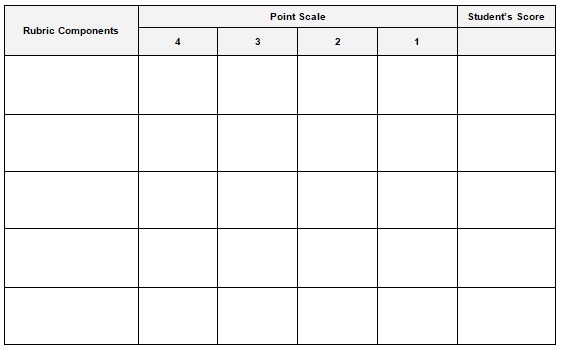




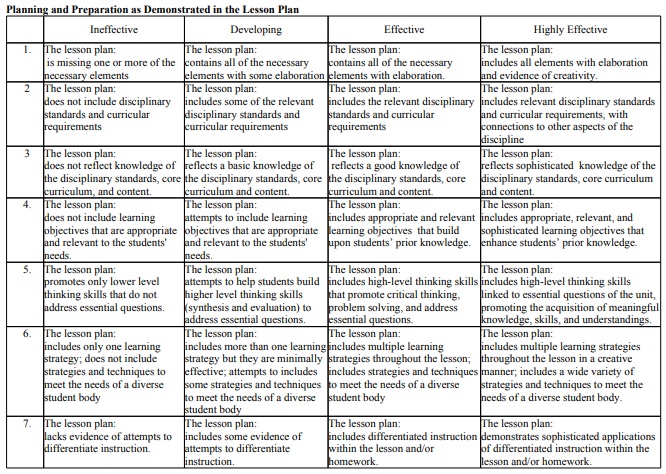




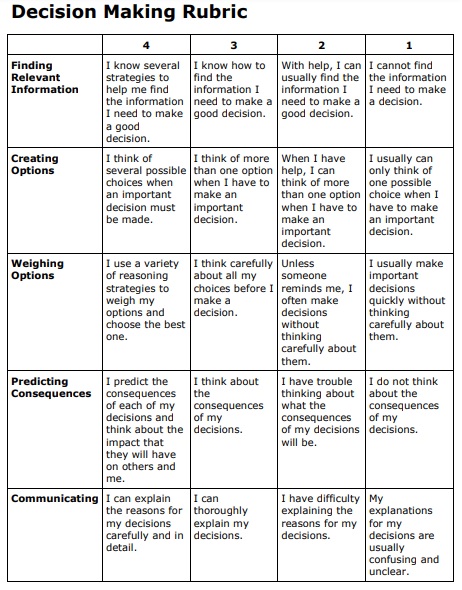

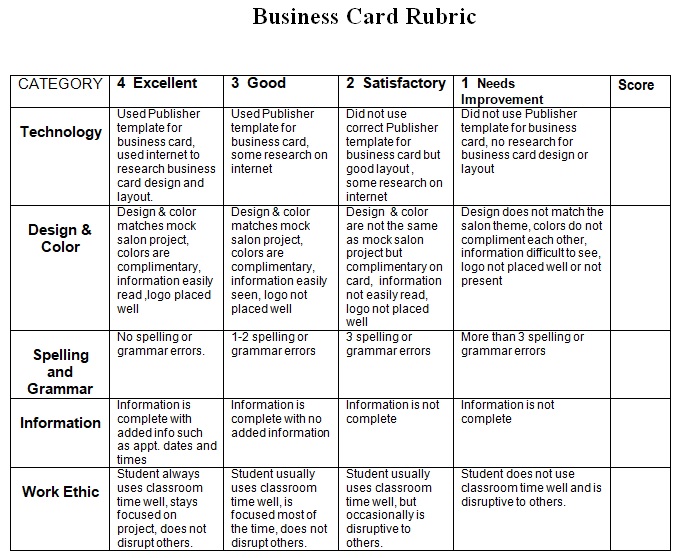

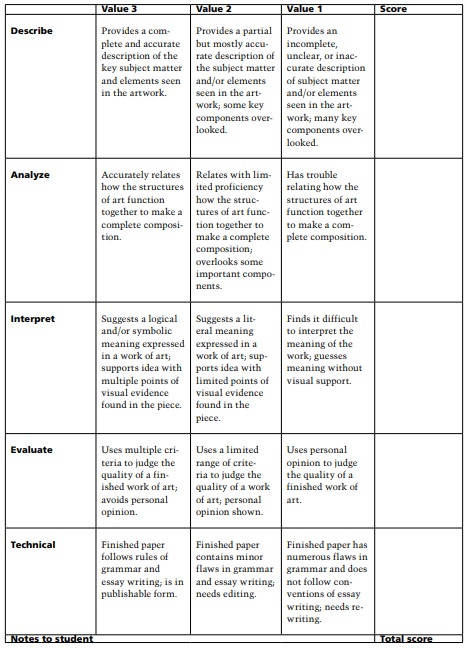
![Free Time Card Template Excel & Word [Daily, Weekly, Monthly]](https://exceltmp.com/wp-content/uploads/2021/04/employee-time-card-template-150x150.jpg)




